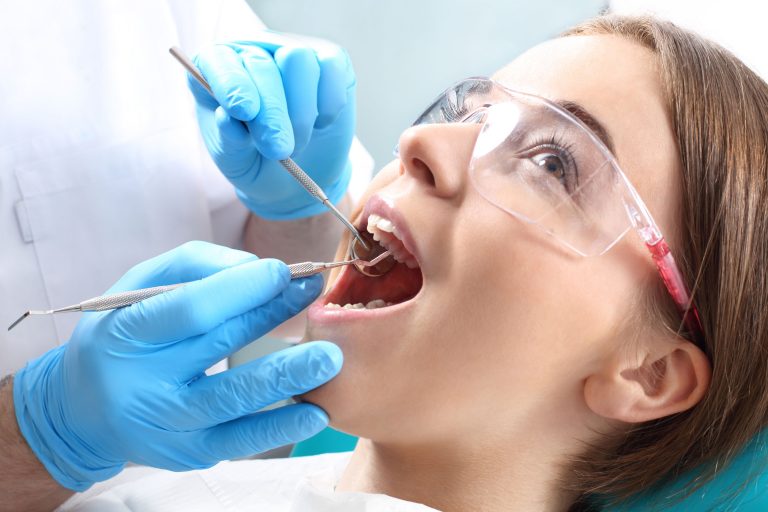
You’ve heard that jaw surgery is only cosmetic, but your bite tells a different story
The mirror shows one thing. Your chewing says another. You struggle to bite evenly. Your teeth don’t touch where they should. You skip certain foods. Sometimes, you wake up with jaw pain. Cosmetic concerns may be visible. But functional ones stay hidden. They wear down enamel. They strain muscles. They shift posture. The reasons for surgery often go deeper than looks.
People say recovery takes months of doing nothing—but they never mention what “recovery” really means
You’re not bedridden. You’re not silent. You’re healing, yes—but not frozen. Movement helps. Gentle walking. Light stretching. Even speaking, softly, starts early. Eating changes, sure. Liquids. Then soft foods. Then more. But daily life returns in phases. It’s slower. But not absent. Recovery is real, but it’s not exile.
You’re told that wires will lock your mouth shut, and you’ll be sipping from a straw for weeks
That was decades ago. Most modern jaw surgeries use plates and screws. Titanium, tiny, stable. They hold the bones. Not wires. You may need elastics, sure. But not locked jaws. You speak early. You eat carefully. And straws? Often discouraged. They create suction. Which isn’t ideal. Small spoons, thick liquids, slow sips—that’s more like it.
People assume the pain is unbearable, but your body has its own rhythm for adapting
It’s not painless. But it’s manageable. Most patients say discomfort, not agony. Swelling is the main issue. Stiffness too. But pain meds help. Cold compresses help more. And the ache? It fades. You sleep more. Speak less. But within a week, you’re adjusting. Pain follows healing. Not chaos. And with good care, it stays predictable.
Some think jaw surgery will change your whole face—but change often means balance, not transformation
Your nose won’t move. Your eyes won’t shift. But symmetry improves. Chin aligns. Jawlines sharpen. The goal isn’t reinvention. It’s correction. Most people say you look more “rested.” Or “confident.” Not unrecognizable. You’re not becoming someone else. You’re becoming someone aligned—with yourself.
They say speech will never be the same again—but most people speak more clearly than before
Misalignment affects speech. Lisping. Slurring. Sounds that never felt right. After surgery, the tongue finds new space. Words flow easier. Some retraining helps. Speech therapy exists for a reason. But few lose fluency. Most gain it. Over time, articulation improves. Breathing too. It’s not distortion. It’s refinement.
You’ve heard that only young patients can handle jaw surgery—but healing follows biology, not birthdays
Teens recover fast. That’s true. But adults do too. Slowly. Steadily. With support. Orthognathic surgery isn’t limited by age. It’s limited by health. Bone quality. Lifestyle. Commitment. If those align, so can the jaw. Patients in their 40s or even 60s can benefit. It’s not about age. It’s about intention.
Some claim it’s not worth it because you’ll just relapse—but stability depends on the plan, not luck
Relapse happens when aftercare fails. Or when surgical goals are unclear. But with good planning, relapse is rare. Retainers help. Physical therapy matters. So does bite alignment. Your surgeon maps that carefully. Your orthodontist monitors it. Nothing is guaranteed. But structure stays, when guided right.
You’re told the cost isn’t just high—it’s unjustifiable—but the math shifts when you count years, not days
It’s not cheap. Surgery costs. So does orthodontics. And imaging. And time off. But living with misalignment has costs too. Dental wear. Headaches. Digestive strain. Long-term dental work adds up. When you calculate comfort, posture, sleep, digestion—the value deepens. It’s not about one bill. It’s about decades of function.
